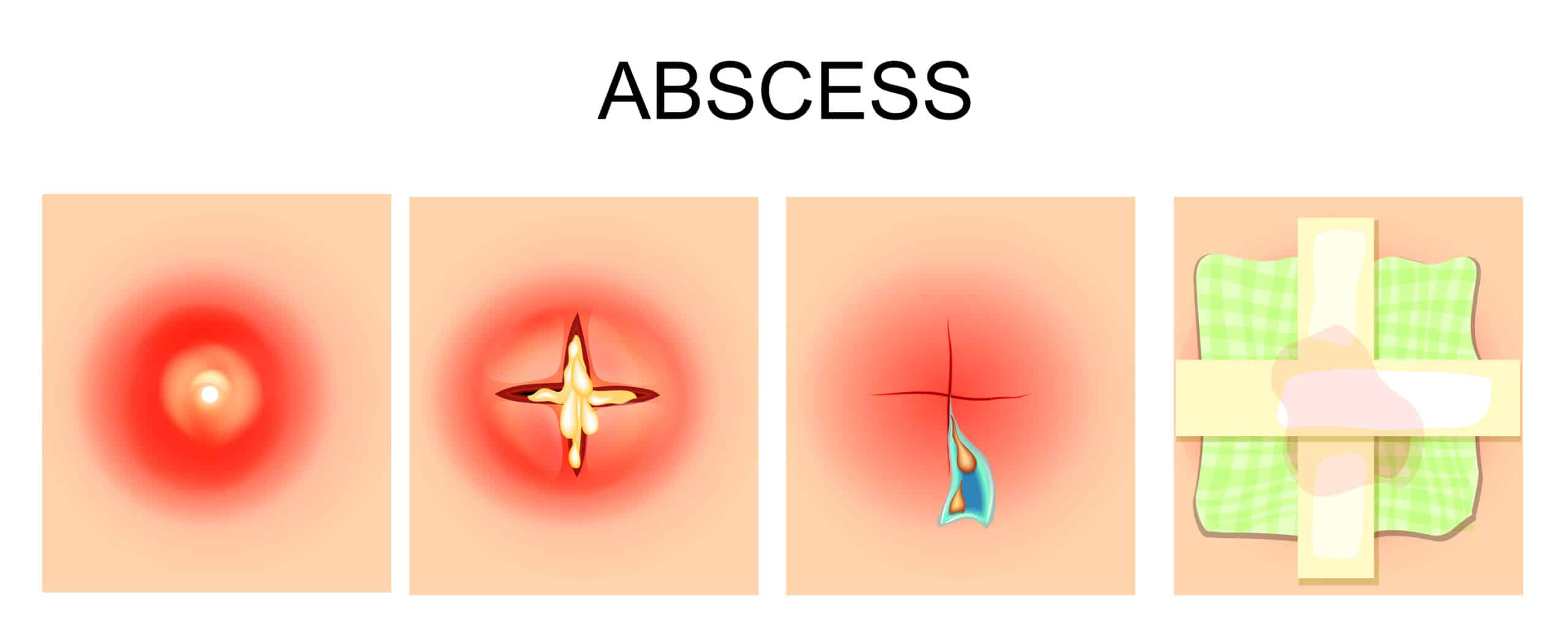Abscess Treatment
What is an Abscess?
An abscess in a bacterial infection of the skin most commonly caused by bacterial staphylococcus aureus (“staph”) or streptococcus (“strep”). Although patients commonly get an abscess or skin infection with no risk factors, the risk factors include wounds, abrasion, or any break in the skin.
What are the Signs and Symptoms of an Abscess?

The first sign most patients will notice is redness and swelling of the skin associated with pain. They are typically warm to the touch and hurts to the touch. As it progresses, if left untreated, it can eventually lead to more systemic symptoms including fever, chills, fatigue, nausea, and night sweats.
What are the Treatment Options for an Abscess?
Most often an abscess starts as a more basic skin infection called cellulitis (infection of the skin without an abscess). Cellulitis can be treated with antibiotics alone. Once it becomes an abscess, one of our providers will likely need to lance and drain it. Here is the process to incise and drain an abscess:
- The area will be cleaned with either betadine or alcohol
- The abscess will be anesthetized with lidocaine
- A small linear incision will be made with a scalpel, and the pus will be drained out
- If necessary, the abscess pocket will be packed with gauze ribbon then bandaged
Depending on other symptoms, abscess drainage may or may not be followed with a 7-10 day course of antibiotics. If
it is not incised and drained, a 7-10 day course of antibiotics will be prescribed with a 48-hour follow up
recommended should the infection not improve.
When Should You See a Doctor for an Abscess?
If you suspect you may have an abscess (common name “boil”) you should let one of our providers
assess you before it becomes any larger. The earlier an abscess can be addressed, the lower the likelihood that it will need to be drained.

To Make An Appointment
To Make An Appointment
or call (336) 565-5001
or call (336) 565-5001
OPEN: Mon-Fri, 8a-8p / Sat-Sun: 8a-5p
OPEN: Mon-Fri, 8a-8p / Sat-Sun: 8a-5p
